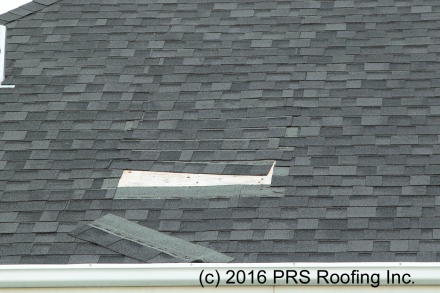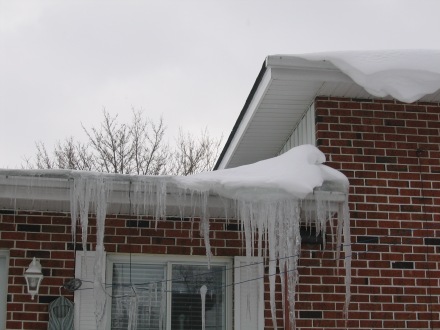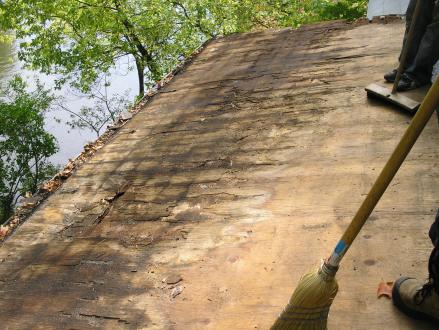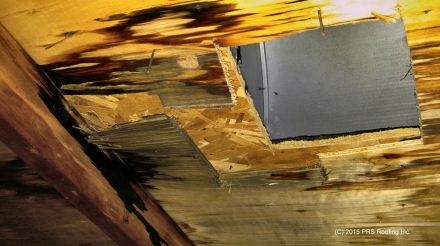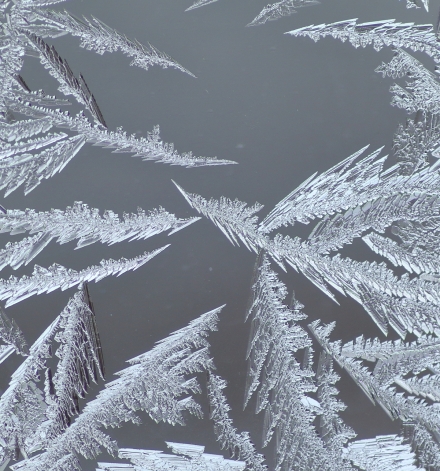Most people assume that the visible external roof covering is the “real” roof, which functions to keep the water and weather out of the roof system. This is true for flat or low-slope roofing materials, but not true for steep-slope materials (which is anything over a 3:12 roof slope). Steep-slope materials are designed to shed water. That means that water is supposed to run off the surface, and if properly layered, the water stays on the outside. However, if wind or a physical obstruction interrupts the water flow, then it will go under the roofing material. This is true for all steep-slope roofing material, whether it is made of asphalt shingles, or metal shingles, or metal panels, or cedar shakes, or slate.
It’s the unappreciated and unloved underlayment layer that’s below the top layer that has the job of actually keeping the water out. That layer is the “true” waterproof roof, which is composed of layering of flashings, membrane, underlayment, and sealants. It’s also the layer which is easiest to skimp on when the contractor is being pressed to come up with a low price. If you can’t see it, and you don’t even know that it needs to be there, then why would you want to pay for it?
How does the saying go? Ah yes. Penny-wise, pound foolish.

